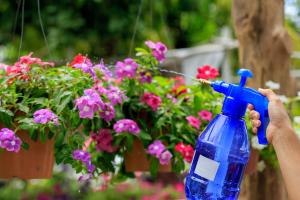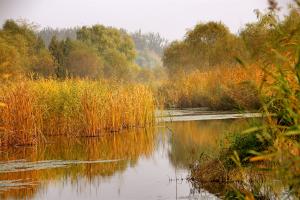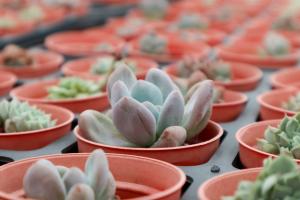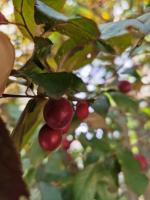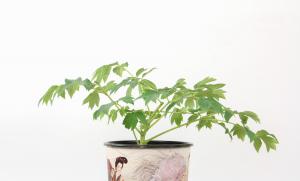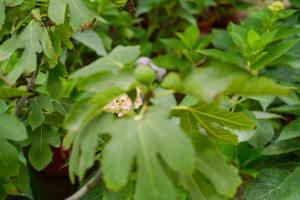1、 Curing method
1. Soil: Photinia is suitable for growing in loose and fertile acid soil. The soil should have good drainage and air permeability, which is more conducive to the respiration of the root. Humus soil is generally selected for preparation. Broken tiles or coarse sand can be added to the basin to strengthen the drainage capacity
2. Light: Photinia europaea has a high demand for light. In spring and autumn, it can be placed outdoors and exposed to the sun all day. However, in summer, due to the strong light is easy to burn the leaves, it needs appropriate shade or put it in semi shade

3. Watering: the growth of Photinia is inseparable from sufficient water. Especially in summer, watering must be sufficient. In addition to watering every day, you can also spray water on the leaf surface. One is to keep the environment moist, and the other is to reduce the temperature. However, the water volume should not be too large to avoid ponding flooding the root
4. Fertilization: Photinia europaea has a great demand for fertilizer during the growth period. Fertilizer should be applied once a month. Compound fertilizer with balanced nitrogen, phosphorus and potassium should be used as fertilizer, and nitrogen fertilizer should not be applied. However, proper topdressing can be applied at the seedling stage, which is conducive to its growth

2、 Reproductive skills
1. Cutting: Photinia europaea is usually propagated by cutting. Usually in summer and autumn. Cut a strong branch with a length of about 3-4cm. Insert it into the sand and put it in a cool place for curing. It can take root in about a month, and then transplant it into a pot
2. Sowing: the growth cycle of sowing is long, which is generally carried out in spring. The temperature should be controlled between 15-25 ℃, and sprout about 10 days after sowing

3、 Pest control
1. Diseases: leaf spot and rust are common diseases. The diseased leaves will appear spots or blisters. These diseased leaves need to be removed and sprayed with carbendazim or diniconazole solution for control
2. Insect pests: mainly aphids and scale insects. Once found, the pests shall be captured and eliminated immediately, and controlled with imidacloprid and other chemicals

 jackfruit
jackfruit snake plant
snake plant hibiscus
hibiscus hydrangea
hydrangea lavender
lavender Green roses climb al...
Green roses climb al... If you don't pay att...
If you don't pay att... Management of four g...
Management of four g...